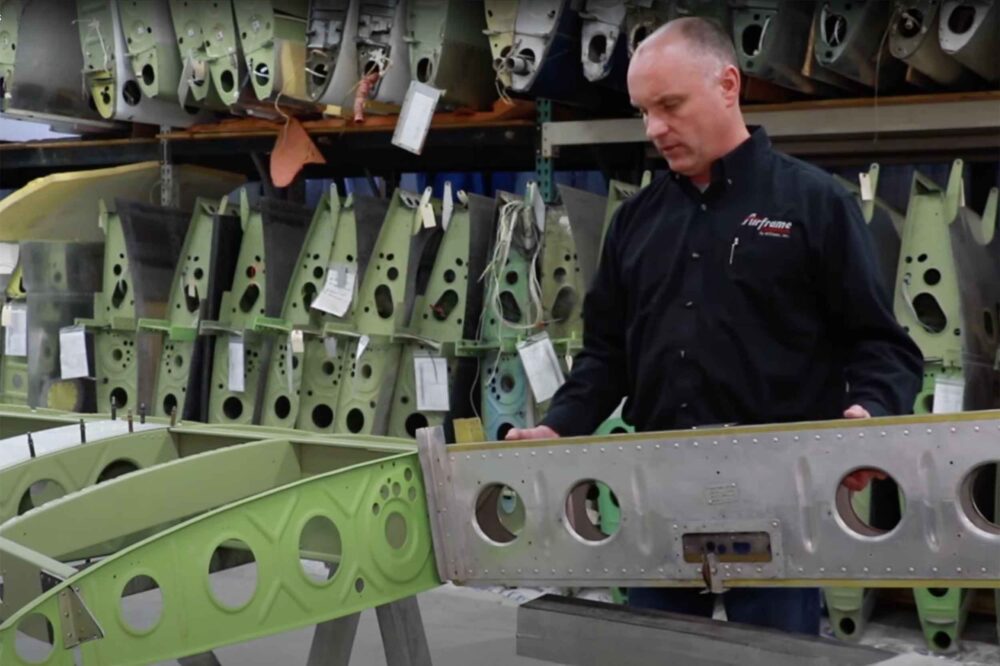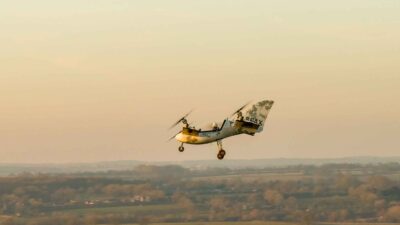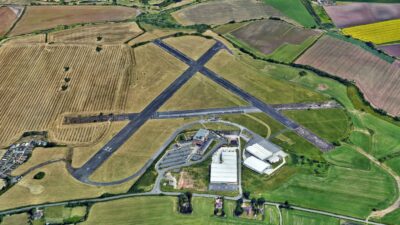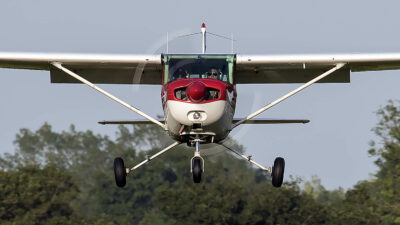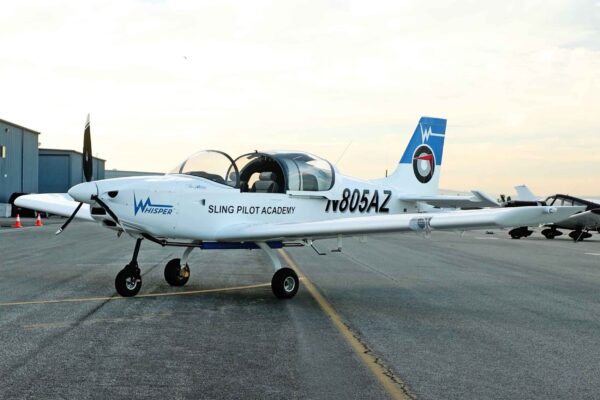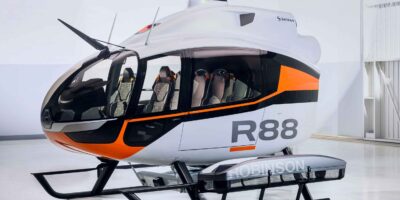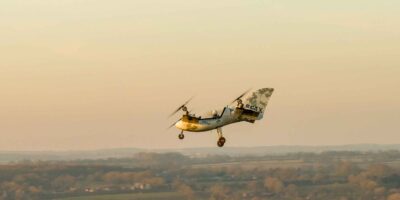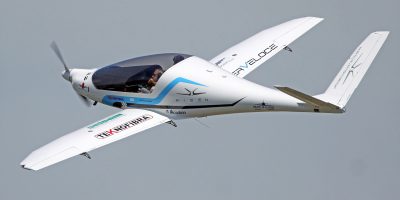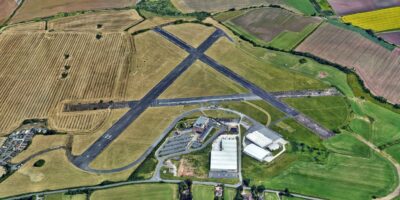Piper Aircraft has come out fighting against the proposed new Airworthiness Directives regarding wing spars on PA-28 and PA-32 Cherokee aircraft.
A detailed and ferocious letter from Ron Gunnarson, vice president of Customer Support, Quality, Sales & Marketing at Piper, says bluntly, “Piper Aircraft does not agree with many aspects of the FAA NPRM and proposed Airworthiness Directive (AD) affecting the PA-28/32 model aircraft.”
Mr Gunnarson points out that instances of wing spar cracks are rare and usually involve ‘severe’ usage or out out of the ordinary history.
He writes, “Over the history of the 40,000 aircraft produced, with an estimated 200 million flight hours in all forms of usage from personal to severe, eleven aircraft have been confirmed by metallurgical exam to have cracks as outlined in the NPRM.
“That includes three aircraft cited from the late 1980s when the FAA rescinded the first proposed AD.
“Out of these eleven aircraft:
- Three were operated at the same flight school
- Two had heavily modified landing gear
- One was operated in a different flight training environment than referenced above
- One was used in pipeline patrol, which is considered severe usage
- One had an improperly attached wing during maintenance
- One had known damage history
- One flew into severe weather
- One aircraft’s history was not able to be determined
“A total of 559 aircraft were inspected as of January 6, 1988 in response to the 1987 AD. Among these, two aircraft were identified with crack indications during inspections, and a third was found after an accident investigation. This represent 0.537% of the fleet at the time.
“The current inspection (post 2018) yielded six affected aircraft out of 3,100, equating to 0.194%. The percentage of affected aircraft in the fleet is lower today – less than half of the rate recorded in 1988.”

Ron Gunnarson, Piper vice-president is pushing back against the proposed PA-28/32 AD
Cost between $347.8m and $1.5 billion
Mr Gunnarson goes on to estimate the economic impact of the AD, should it be adopted.
“Logical assumptions must be made in understanding the total fleet and operator impact. The labor rate used in the NPRM ($85 per hour) is underestimating the potential costs. The real world maintenance rate is $141 per hour.
“The total domestic (US – Ed) fleet is quoted as 10,665 aircraft. Piper estimates that approximately two-thirds of the domestic fleet is part of Group 1, with the remaining one-third in Group 2.
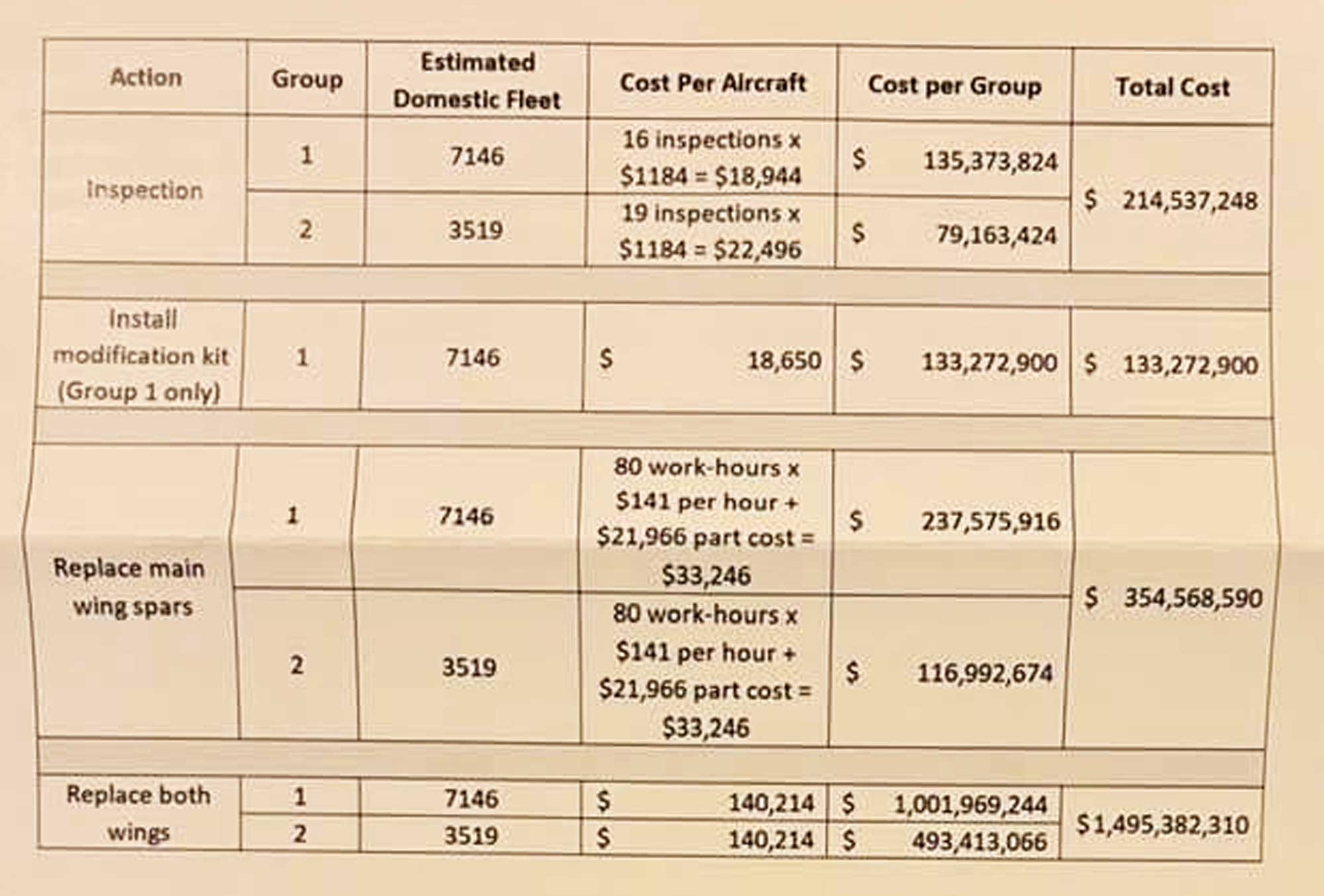
“The estimated economic impact is, at minimum, $347.8 million, assuming a best case scenario. Given the potential to damage the bolt holes during the repeated inspection process and as complications arise during the removal and/or installation of parts, the cost will escalate.
“The actual cost is expected to be between $347.8m and $1.5 billion.”
Mr Gunnarson’s letter, sent to operators and Piper maintenance companies, which FLYER has seen, goes on to highlight these points, some highly critical of the FAA:
- Data clearly suggest the cracks result from an operational issue related to usage, not an issue with the design or materials
- Failures are not likely when operating aircraft within POH limitations
- Acceptable analytic approaches for inspection have been rejected by the FAA
- The FAA chose to deviate from previous agreements on a path forward and mischaracterized the level of collaboration and agreement between Piper and the FAA
- The FAA’s Calculated Service Hours approach is overly complex and unnecessary compared to the method provided in Pipoer SB No. 1372
- The FAA has rejected an easier-to-follow solution in favour of its more complicated approach
- The FAA has thus far been unwilling or unable to adequately substantiate its position and justification for issuance of this NPRM.
Mr Gunnarson concludes, “”We will continue to support all PA-28/32 customers regardless of the outcome of the proposed rulemaking.
“In 2023 Piper incorporated into new PA-28 aircraft production aircraft a spar assembly which will not require the inspections as defined in the subject NPRM.
“We encourage you to comment on the NPRM before November 7. Doing so ensures your rights as an aircraft owner and/or general aviation advocate are made known.”
Piper’s full response to the NPRM can be found here


